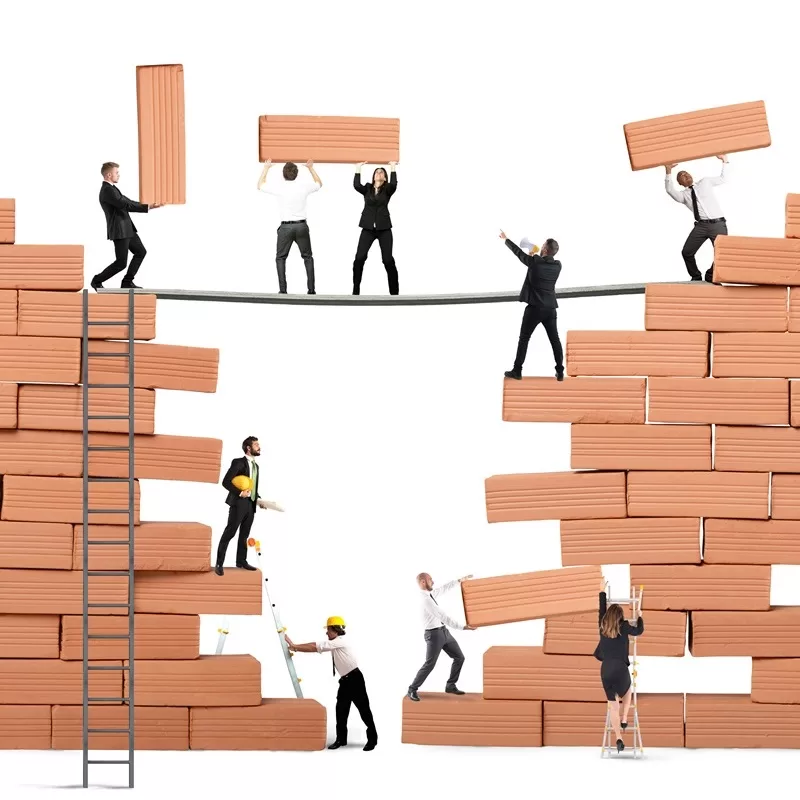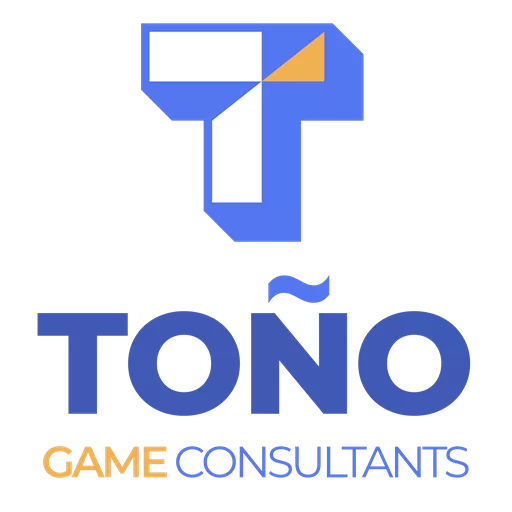Game development is exciting, but it’s also risky. Many indie studios dive straight into production, believing their “cool idea” will naturally turn into a fun, successful game. But without prototyping, you’re basically building blind.
A prototype is your first safety net. It’s not about making something pretty, it’s about proving that your mechanics are engaging, logical, and understandable to players. And for indies, who usually lack the safety buffer of big budgets or full design teams, prototyping is the single best way to avoid wasted time and shattered expectations.
What Is Prototyping in Game Development?
A prototype is a quick, playable experiment. Its only goal: test if your core mechanic actually works and feels fun.
-
If it’s an action game, does combat feel responsive?
-
If it’s a puzzle, is it logical to new players?
-
If it’s a platformer, does movement feel good enough to keep going?
This isn’t about graphics, UI polish, or performance. It’s about discovery. Prototypes tell you whether your “great idea” is worth building into a full game, or if you should pivot before sinking months (or years) into something that won’t land.
Why Prototyping Matters for Indie Studios
1. Avoid the “Idea Guy” Trap
In game development, the “idea guy” is a running joke, someone who believes a cool concept alone is enough to make a great game. The reality? Without structure, skills, or at least a working prototype, ideas stay as fantasies. Prototyping forces clarity: can your idea hold up when it’s tested by real players?
2. Catch Problems Before They Multiply
Indie teams can’t afford months of rework. Prototyping uncovers flaws early, whether it’s confusing controls, mechanics that don’t scale, or features players don’t understand. Fixing them here is cheap; fixing them later is brutal.
3. Build Proof, Not Just Hype
Some devs get lucky and attract attention without a prototype, but that’s the exception. If your game is supposed to be your career, the prototype is your first real proof.
4. Lay the Groundwork for a Vertical Slice
A vertical slice is your polished pitch to investors, publishers, or crowdfunding backers. But it only works if the prototype has already validated the core mechanic. Without that foundation, you’re just polishing uncertainty.
Common Prototyping Mistakes Indies Make
Even when indies try prototyping, they often fall into traps:
-
Overcomplicating too soon → Prototypes should take hours to couple of days, not months. Focus on one mechanic, not five.
-
Polishing early → Placeholder art is your friend. Don’t waste weeks making it pretty before you know it’s fun.
-
Forgetting the player → A mechanic might make sense to you, but not to your audience. Get it in front of players fast.
-
Jumping straight to vertical slice → A polished slice without a validated prototype is wasted effort. Investors want confidence, not just looks.
Remember: prototyping isn’t about proving you’re a genius designer—it’s about discovering whether your game is actually playable, enjoyable, and sustainable.
How Prototyping Fits Into Production
Prototyping lives in pre-production. At this stage, your game designer runs quick experiments to test mechanics and player experience. A producer can support by keeping the process organized and making sure feedback loops are clear.
Once the prototype proves an idea, the team can move into a vertical slice and then full production. Skipping this step doesn’t save time, it multiplies costs later through rework and scope creep.
Most of the time, games aren’t funded until the vertical slice is showable, or nearly complete. That’s why a project manager is crucial here: they frame the scope, target audience, timelines, and resources needed, so when the slice is ready, you already have the numbers to back a funding pitch. Publishers, investors, or crowdfunding backers want confidence not just in the gameplay, but in the plan to actually deliver it.
And if your game is meant to be more than a hobby, if you want it to sustain you financially, prototyping becomes your first professional milestone.
Want Help Structuring Your Game?
Prototyping is just the first step. To keep your game clear, cohesive, and fun, you’ll need a plan.
👉 Download the free Game Dev Starter Kit, a simple framework to map your game’s core journey.
It’s the perfect companion for turning raw prototypes into something you can actually pitch, test, and grow.
The Bigger Picture: Prototyping as Risk Management
Game development will always be risky, budgets are tight, deadlines slip, and scope creeps. But prototyping is how indies lower that risk. It transforms “I think this could work” into “I know this works.”
Prototypes don’t guarantee success, but they give you the foundation for smarter decisions, stronger pitches, and better games.
If you’re serious about moving from idea to playable reality, don’t skip this step.
Closing: Prototyping Is Your First Investment
For indie studios, prototyping isn’t optional, it’s survival. It’s the fastest way to learn if your game is fun, clear, and worth pursuing.
Skip it, and you’re gambling. Embrace it, and you’re building the first brick of a game that can grow into something players love, and maybe even sustain you as a studio.
Ready to go from concept to something real?
Check out our Concept to Demo program, where we guide indie devs from rough ideas through prototypes, vertical slices, and beyond.
Frequently Asked Questions about Why Prototyping Matters for Indie Studios
Why should indie studios prototype if they don’t have a game designer?
Because prototyping acts as your safety net. Even if you don’t have a dedicated game designer, prototyping helps you test mechanics, validate ideas, and see if the gameplay actually makes sense for players before investing months of effort.
Isn’t prototyping a waste of time when I already know my idea is fun?
Not at all. Ideas that feel fun in your head often break down once players interact with them. Prototyping exposes blind spots and ensures your concept is both fun and understandable for your target audience.
How does prototyping save money in game development?
By catching bad ideas early. A quick prototype costs hours or days. Rebuilding entire systems in late production costs months of work and budget. Prototyping prevents rework, scope creep, and endless delays.
When does prototyping turn into a vertical slice?
Prototyping tests “does this mechanic work?” A vertical slice answers “can this be a real game?” Once your prototype proves a mechanic is fun and viable, you expand it into a polished slice that demonstrates the intended look, feel, and scope, often the milestone used to secure funding.
What’s the biggest mistake indie devs make with prototyping?
Treating prototypes like mini-productions. Spending weeks polishing art or UI wastes resources. The goal isn’t to impress visually, it’s to answer design questions quickly and cheaply.
Can prototyping help secure funding?
It’s possible, but rare. A few developers can raise money with just a pitch, but most need stronger proof. Today, with so much competition, publishers and investors often demand at least a vertical slice. With investors their job is to give you the money as late as possible, your job is to get the money as early as possible. Prototyping is your first move in that game.


